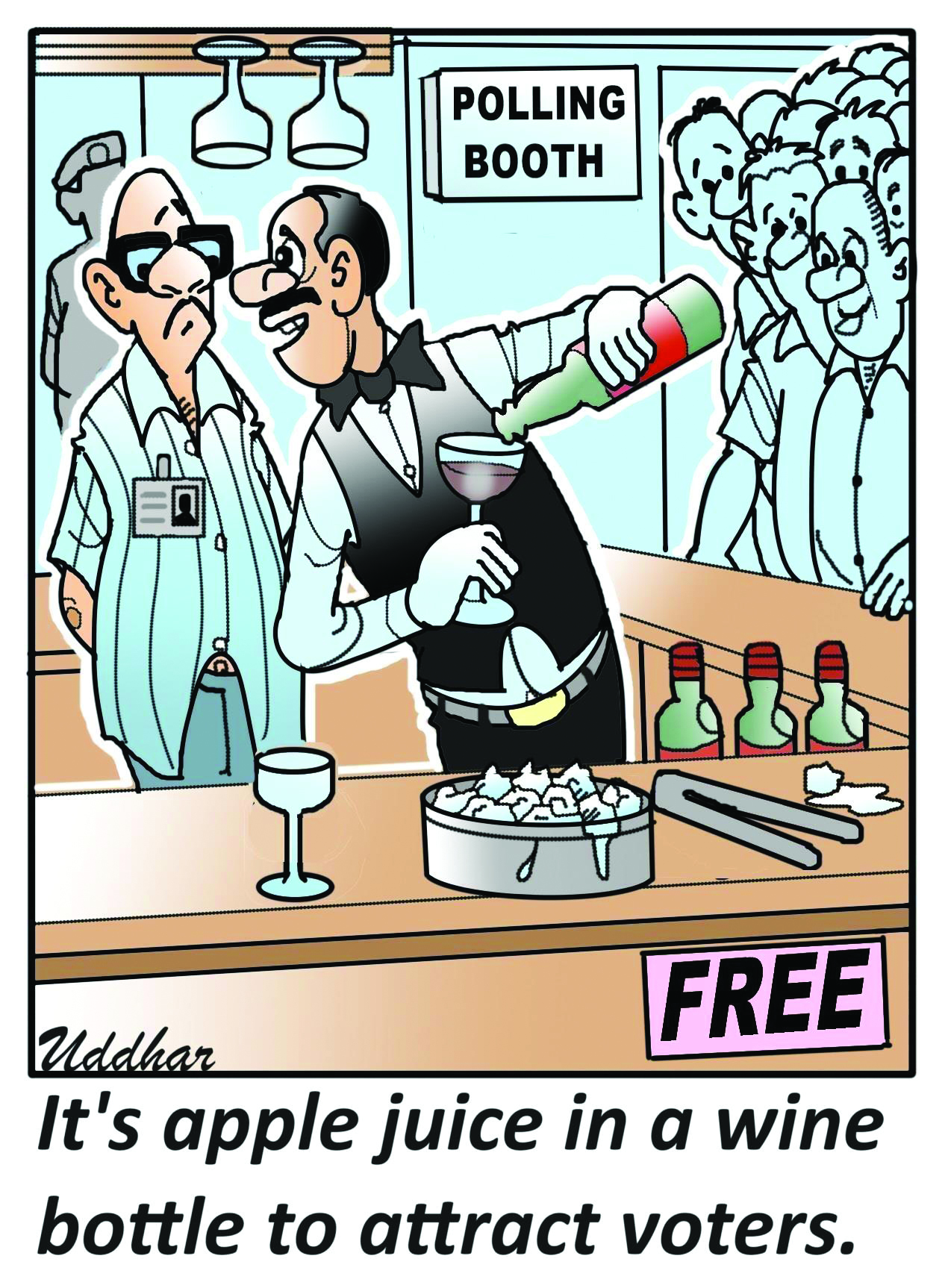24 Apr 2019 | 06:05am IST
EVM reliability leaves major doubts
The reasons not to use electronic voting machines in the election process keep mounting, and the Election Commission of India will soon have to take a decision on this.
Even the voter verifiable paper audit trail has not satisfied the political parties and the electorate, who have raised doubts on the reliability of the machines. These doubts cannot be ignored, as across the country there have been instances of malfunctioning EVMs in all three phases of the Lok Sabha election that have been held so far. In Goa it was no different when the State voted in the third phase, as the evidence against the infallibility of the EVM has only increased.
Even if one of the machines malfunctions, develops a snag or in the pre-voting test provides a result that is not in conformity with the votes cast, it leads to doubts of their dependability. In Goa there were over 20 complaints of faulty EVMs, the highest in any election since the machines have been introduced in the State. Complete breakdown aside, there were EVMs whose buttons were not working, or the VVPAT showing a different symbol and some recording votes for only a single party. Staff training also was an issue raised, as there were complaints of slow voting in polling booths, and the malfunction leading to extending the poll timing in the booths where the machines developed snags.
There was confusion among poll staffers in one instance when an EVM malfunctioned in St Andre constituency. When this occurred, there was at first felt the need to replace it, but later the machine was repaired and voting continued. The most serious of all cases was perhaps at Cuncolim Assembly segment, where in the trial round the EVM was found to be adding votes to the BP tally, and deducting from the other parties. Nine votes each were cast for each candidate, but when the votes were counted, BJP got 17, Congress 9, AAP 8 and Independent 1. The EVM had to be replaced. This really is serious and needs to be addressed by the Election Commission.
Every voter would like to have the satisfaction of knowing that his or her vote has gone to the party and candidate of his choice, that there is no doubt over the vote cast. The paper trail has been able to provide this assurance to a certain extent, but unless the votes on the EVM and on the paper are tallied, how do we ascertain that the EVM has not given a result different from the one that the paper trail is showing?
Most political parties in the country are not satisfied with the EVMs, and there is a demand to tally the EVM count with the voter verifiable paper audit trail of at least 50 per cent of the machines. Doubts about the reliability of EVMs are not just of recent vintage, but had been raised in the past weeks, and the Supreme Court this month directed the Election Commission to increase the random matching of VVPAT slips with EVMs to five polling booths per Assembly segment, from one which was being done at present. The Supreme Court directed this, stating that such a measure will provide greater satisfaction not just to political parties but to the electorate too.
Few countries around the world use EVMs for their voting process, preferring the ballot paper. Primary reasons for countries opting for the ballot paper is security and voter preference. When EVMs were first introduced in India, they sounded like a good idea. The country appeared to have embraced modern technology and more importantly, the results would be known the same day that the counting was taken up, rather than the tallying process that lasted up to three days in certain states. But, now a re-look at the acceptability of EVMs may be required.
